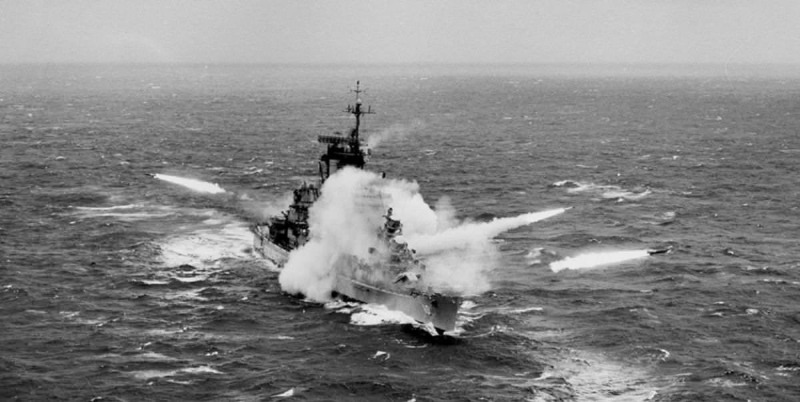Yes, we all referred to him as "Nutsy" but we really liked him. He may have been the youngest Chief Petty Officer in the Navy - I'm not sure. I do remember he sent me to fill the gas tank in his '58 Lincoln, which, at the time, was the longest (nearly 20 feet) production automobile. Why he entrusted me with it I don't know, but I did bring it back intact.
 These were exciting times to be in the Navy. The transition from WWII technology to missiles, super carriers, nuclear powered surface ships (submarines led - one of the photographers in our group had been aboard the Nautilus for its famous cruise under the ice) and FRAM - Flee Rehabilitation and Modernization), wherein weaponry was being upgraded, anti-sub helicopters (DASH) were being added to destroyers, plus ASROC and all sorts of improvements.
These were exciting times to be in the Navy. The transition from WWII technology to missiles, super carriers, nuclear powered surface ships (submarines led - one of the photographers in our group had been aboard the Nautilus for its famous cruise under the ice) and FRAM - Flee Rehabilitation and Modernization), wherein weaponry was being upgraded, anti-sub helicopters (DASH) were being added to destroyers, plus ASROC and all sorts of improvements.
It's unfortunate but understandable that the Services rarely credit their photographers. This one has had huge distribution and was famous as soon as it was published. The Chief was in a helicopter. There were no motor drives (the Combat Graphic, aka "Texas Leica," had a spring wound rapid fire feature) and large format Speed Graphics were standard. I don't know what he was using for the shot, but from his description I'd guess he had one, just one, chance to get this, and he did.
Did I mention missiles. Yes - ships bristling with guns would fade fast and they would lose their porcupine silhouettes before long. The USS Albany (CG-10) was originally commissioned as CA-123, a heavy cruiser, not long after the War, in 1956. In 1958 it became the lead ship in the CG guided missile class. There were several missile cruiser classes. I remember building a Revell model of the USS Boston, CAG-1, in high school. According to my web browsing the Chief's photo was taken on January 20, 1963, off the Virginia Capes. The missiles are two Talos and a Tartar.
Several years later I thought of this scene when I was also in a helicopter, preparing to catch a dual Sprint missile launch from Meck Island. The Sprint was the "last ditch" defense component of the Safeguard ABM program. It was close range, which meant it had to be fast, which meant there was no time for Range Safety to destroy it if things went awry. The Huey pilot warned me; "When they come out of the hole I will lay this thing over on its side and get the hell out of here" or something to that effect. In other words, I should be prepared.
So how do you time such an event? Too soon and the missiles aren't high enough to look good. Too late and you get nothing. It's even harder on the ground, actually. Countdown "...3...2...1...Zero!" and some undefined interval after "Zero!" you press the shutter button. I didn't do motion picture coverage, but was told you start the camera and then slam the tripod handle down and hope for the best.
Though I was in 'way over my head almost all the time, I was more than fortunate to serve with so many outstanding photographers and learn from them. Chief Nuttall demonstrated not only outstanding technical abilities but actual leadership. As many times as this photograph has been published, as per tradition, I've never seen him credited for it. He left the planet in April of 2020. Looking him up, I learned that this was only the beginning of an outstanding career. One reason I enjoy telling these stories is learning how lucky I've been in the people who bothered to point me in the right direction.
So here. Thanks Chief.
